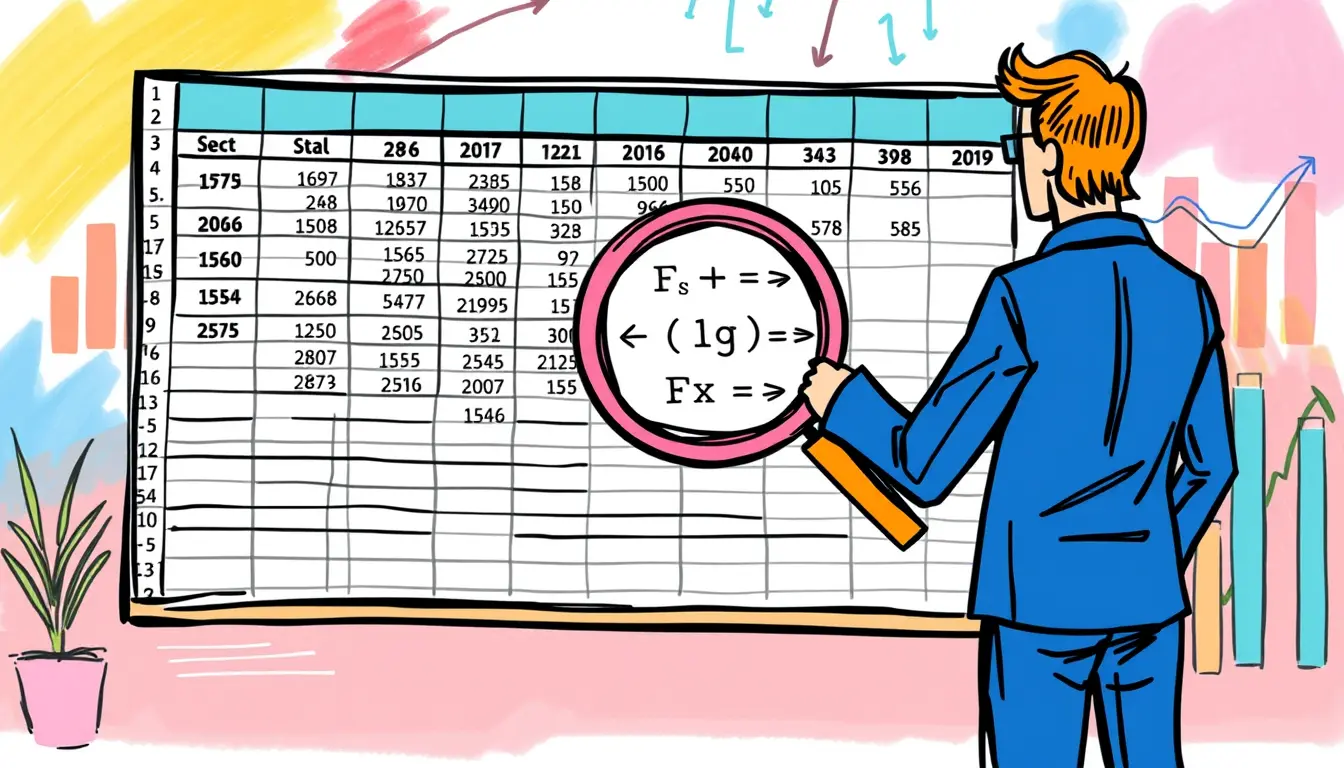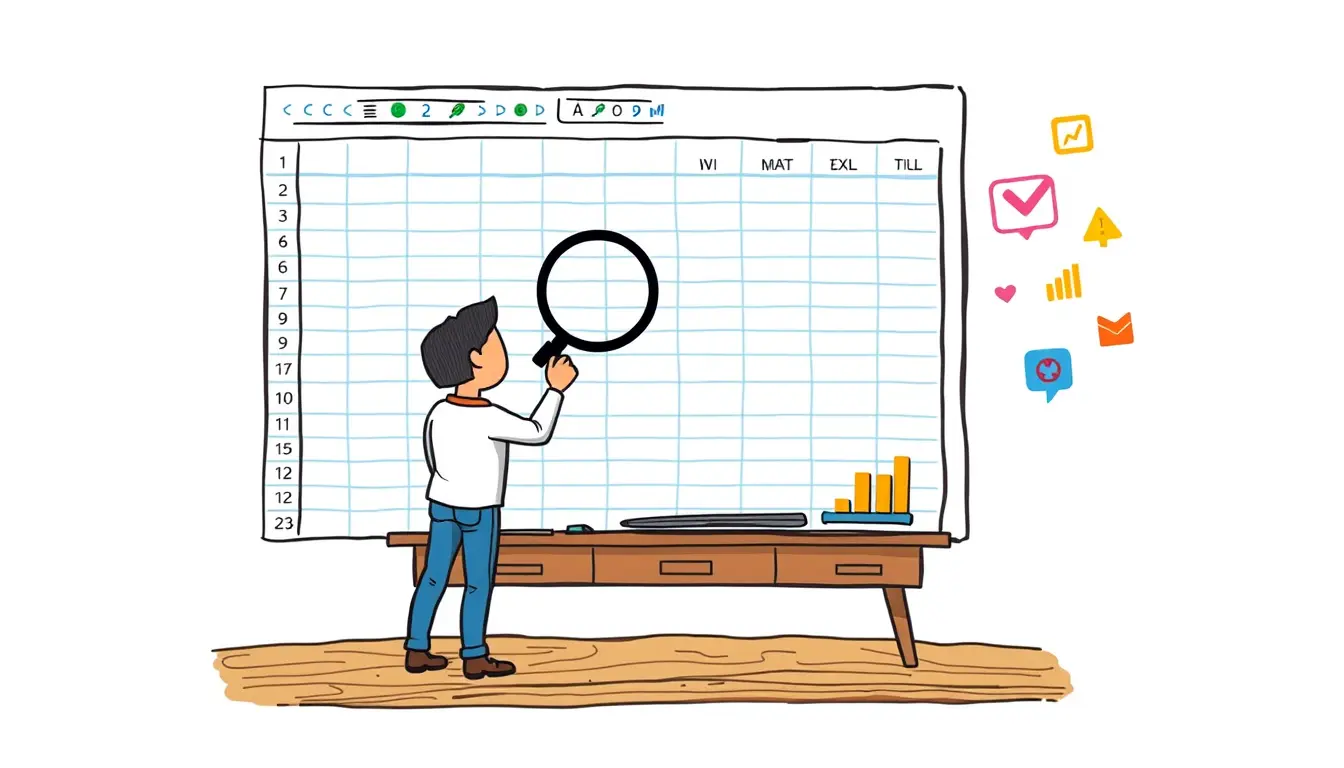Productivity Tools

Unlock Your Potential: Requirements Gathering Workshops for Success
“Discover the power of requirements gathering workshops and unleash your potential for success. Learn how these collaborative sessions can supercharge your project management skills and…

Simplify Your BRD with Our Easy-to-Use Business Requirement Document Template
“Streamline your project planning process with our user-friendly BRD template. Create a clear and comprehensive document in no time. Say goodbye to confusion and hello…

Using the 7 Habits Framework to Foster Collaboration in Analysis Sessions
“Unleash the power of collaboration with the 7 Habits Framework! Learn how to integrate this proven method into your analysis sessions for ultimate success.”

Mastering Jira and Confluence for Agile Business Analysis: A Comprehensive Guide
“Master the art of agile business analysis with Jira and Confluence. Streamline collaboration, boost productivity, and achieve project success – all with our expert tips…
Search
Latest Posts
Latest Comments
Categories
Archives
- November 2025 (14)
- October 2025 (31)
- September 2025 (30)
- August 2025 (31)
- July 2025 (32)
- June 2025 (30)
- May 2025 (31)
- April 2025 (30)
- March 2025 (31)
- February 2025 (28)
- January 2025 (31)
- December 2024 (31)
- November 2024 (30)
- October 2024 (31)
- September 2024 (171)
- August 2024 (39)
















